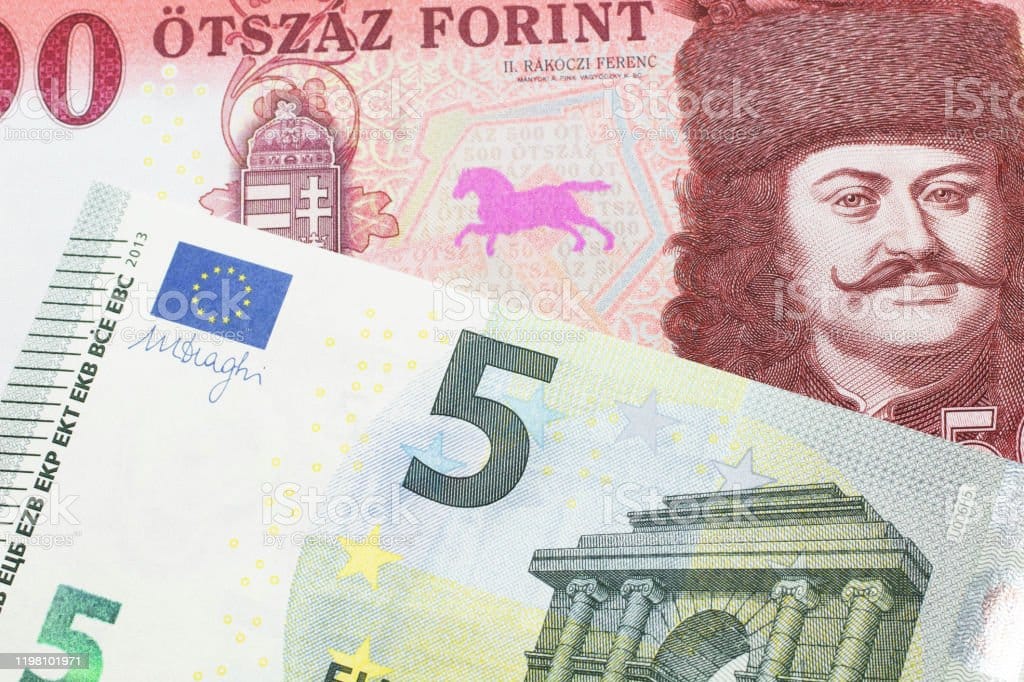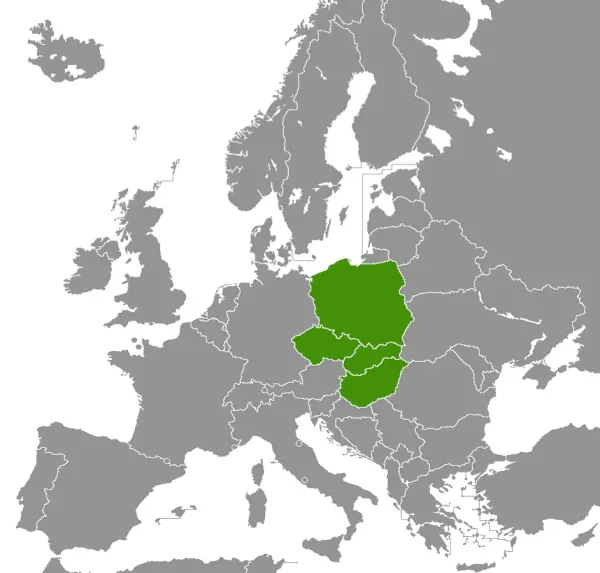
Forint falls regionally, as CEE central bankers mull rate cuts
Unlike its regional peers, the forint weakened massively this week, as the Hungarian National Bank (MNB) continued to unwind the emergency measures around Europe’s most inflated currency, Hungarian business website Portfolio wrote.
Against the euro and the dollar, the domestic currency suffered a significant devaluation, 1.8% against the former and 2.9% against the latter.
But the forint’s suffering this week is even more spectacular compared to regional currencies, Portfolio noted. By the end of the week the forint had depreciated by 1.5% against the Czech crown. The forint fell hardest against the Polish zloty, however, by 2.32%, to lows that had not been seen since December.
Commerzbank analysts highlighted the underperformance of the forint compared to the Czech crown, given the weakness of the latter currency in recent years.
Forint fall due to both domestic, international factors
This happened, according to Portflip, despite abundant good news having surfaced about the forint. Firstly, an MNB analysis announced that the devaluation of the forint is no longer considered favourable. Then Hungarian Finance Minister Mihaly Varga emphasised that he is now also a supporter of a stable currency.
After this strong state support, such a reaction would not really be expected, local business website napi.hu wrote. Analysts speculated that investors holding forints in the hope of further strengthening are now closing their positions.
The forint’s weakening was primarily due to Hungarian factors in the first half of the week, and due to international developments in the second half of the week.
On Tuesday, the MNB had made a 1ppt reduction, to 15%, to its 1-day deposit rate, effective Wednesday, thereby cutting the EU’s highest key borrowing costs to ease economic pressure after 3 quarters of recession. The projected inflation slowdown to 7%-8% by December, from 20.1% in June, was a factor supporting this decision.
Then on Thursday developments in the euro/dollar exchange rate brought about a huge change due to better-than-expected US macroeconomic data and softer-than-expected messages from the ECB (European Central Bank).
However, on Friday, Japan’s central bank unexpectedly modified its yield curve control policy, worsening global investor sentiment and keeping the dollar strong. Resultantly the forint was hit again and the forint fell to above 385 to the euro and above 351 to the dollar, its weakest levels in weeks. After a slow recovery, the Hungarian currency was falling again on Friday evening.
MNB has medium-term plan to cut base rate
The MNB introduced the emergency rate regime in October to prevent a selloff of the forint. Markets expect the central bank to deliver two 1ppt cuts in August and September, lowering the key overnight rate to equity with the base rate (13%), which would still be the EU’s highest.
If the forint depreciates significantly, the MNB might pause this policy. Base rate cuts are expected at the beginning of next year. Goldman Sachs analysts have warned that the main risk to these expected rate cuts is potential forint weakness.
Czechs mull autumn inflation rate cut
By way of contrast to the forint, the zloty was up 0.1%, and the Czech crown was flat, hovering near the psychological level of 24 to the euro, which it had reached in the past week due to expectations of rate cuts.
Vice-Governor Jan Frait said as inflation significantly declines the Czech central bank will begin discussions on lowering rates in the autumn at next week’s Czech policy meeting.
Vice-Governor Eva Zamrazilova said market expectations regarding rate cuts were excessive, while bank board member Jan Prochazka was more cautious, calling a consensus on rate cuts in 2023 “doubtful”.
Investors are eagerly awaiting the Polish CPI data next Monday and the Czech central bank’s interest rate decision next weekend, as these factors could potentially lead to further devaluation of the forint.
Notably, the Czech national bank’s base interest rate currently stands at 7%, compared to Hungary’s 13%. The MNB is unlikely to reduce this rate in the near future, as it serves as a crucial barrier against the weakening of the forint and its exchange rate.





